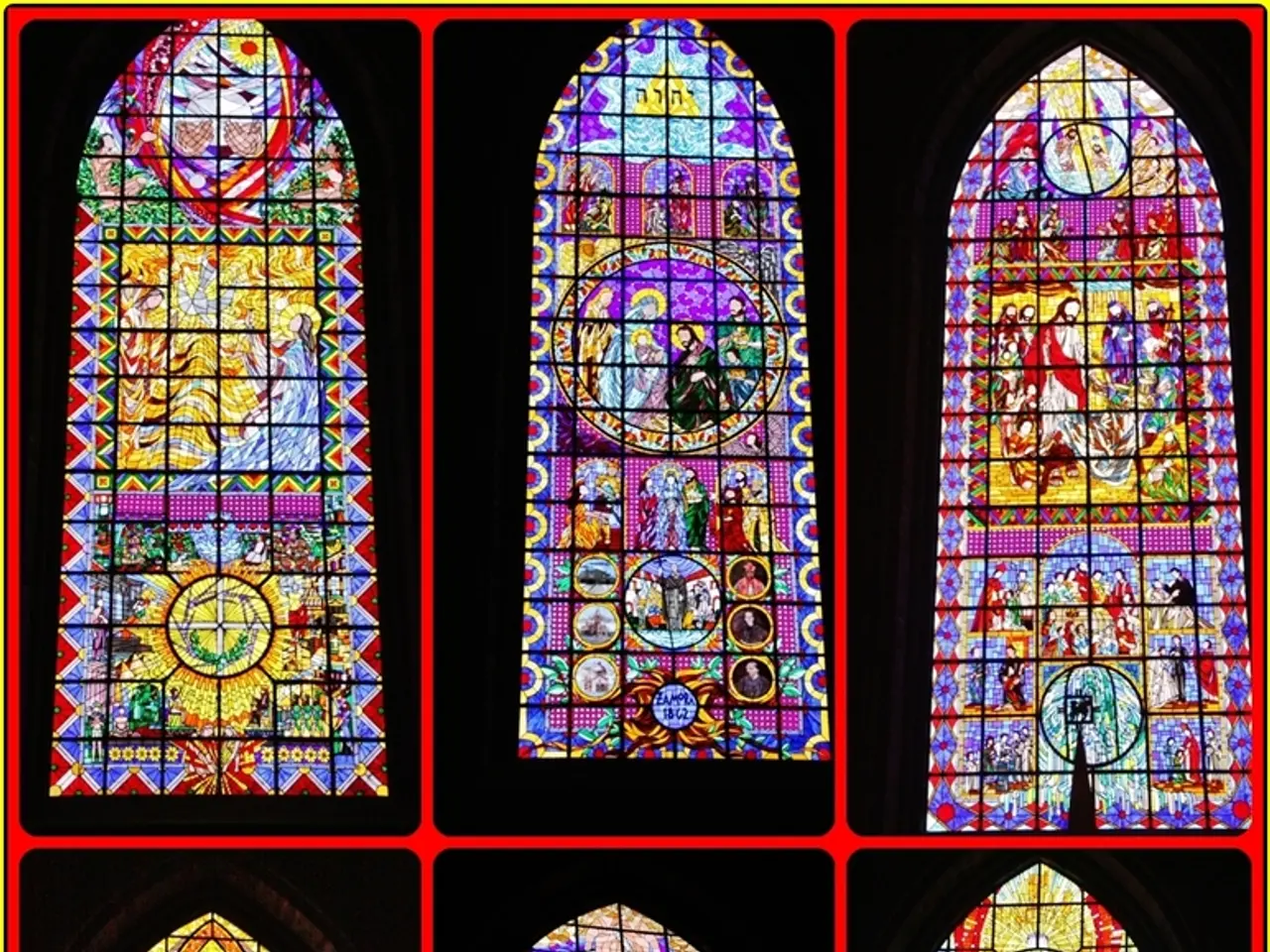Immortal Data: Achievable Reality According to Hitachi
## Revolutionizing Data Storage: The Emergence of Quartz Glass Technology
In the ever-evolving digital landscape, a groundbreaking innovation is promising to redefine the way we store and preserve data for generations to come. Known as quartz glass data storage technology, this method is poised to offer a nearly permanent solution for long-term digital information preservation.
### Pioneering Contributions
Hitachi was among the first to delve into this promising field. In 2012, they introduced a data storage solution using quartz glass, hailed for its potential to preserve information for extended periods [2]. Although there hasn't been a recent update on the commercialization or widespread adoption of this technology, it marked a significant step forward in the pursuit of long-lasting digital storage solutions.
### Recent Developments
More recently, researchers have made strides in refining the technology. By using ultrafast femtosecond lasers to etch nanoscale gratings in fused quartz, they have managed to store up to 360 terabytes (TB) per disc-sized unit [1]. This method, while not directly attributed to Hitachi's initial development, shares the same vision of providing a long-lasting data storage solution.
### Potential Impact
The potential impact of this technology is substantial, particularly in the realm of long-term data preservation. With its high durability and resistance to environmental degradation, quartz glass storage offers a secure way to store data, ensuring that it remains intact for millennia.
- **Data Security**: The resilience of quartz glass to physical degradation and environmental factors like temperature and humidity ensures that data remains secure for extended periods.
- **Archival and Historical Preservation**: This technology could revolutionize how we archive historical and cultural data, ensuring that it remains accessible and preserved for future generations.
- **Industry Applications**: The high storage capacity and durability make it suitable for critical applications in industries such as finance, government, and academic research, where data integrity is paramount.
However, the technology is still evolving, and its widespread adoption and commercial viability are yet to be fully established.
### A Connection to the Past
The concept of preserving knowledge for future generations is not a new one. Ancient cultures, such as those associated with the thirteen crystal skulls, are believed to have inscribed their wisdom into these objects, passing down their insights through generations, much like a cherished family heirloom [3]. If the encoding method of these crystal skulls could be rediscovered, they might reveal profound truths about our past and future.
As we continue to explore and refine quartz glass data storage technology, we are not only bridging the gap between the ancient and the modern but also paving the way for a more secure, sustainable, and resilient digital future.
*This revolutionizing quartz glass technology, with its potential to preserve data for extended periods, can be seen as a modern counterpart to the ancient methods of inscribing wisdom into crystal skulls.* As the field of data-and-cloud-computing continues to advance, the integration of this resilient, high-capacity quartz glass storage technology could significantly impact healthcare, finance, government, and academic research, enhancing the security, sustainability, and resilience of our digital future.




